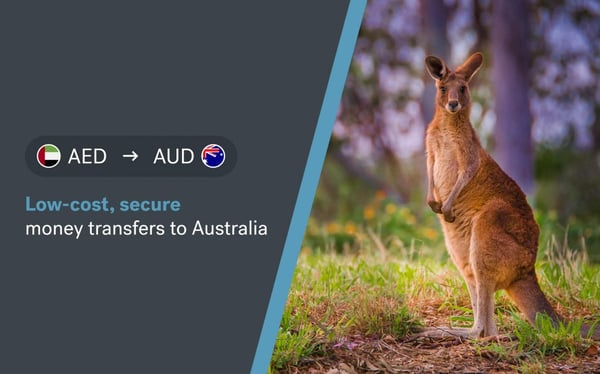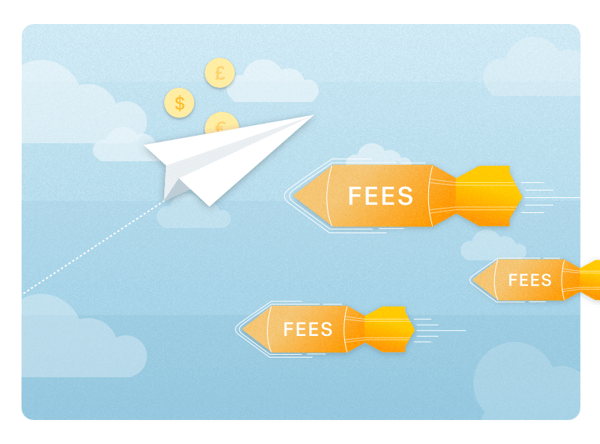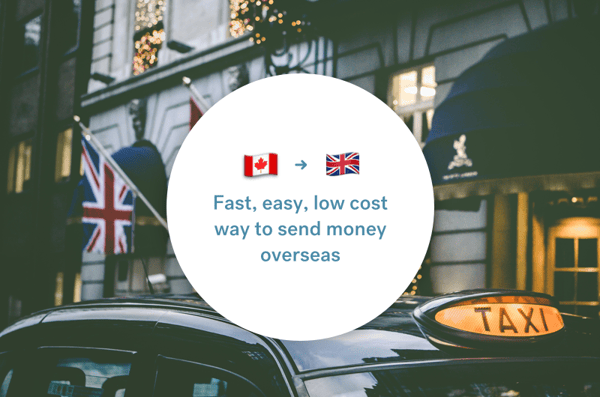Globally, more than 200 million people overseas are supporting some 800 million family members back home through regular remittances. They’re not always getting a good deal. While the International Day of Family Remittances (on June 16th) aims to highlight the obstacles people face when it comes to financial inclusion, the ambition should be for a fast, fair service 365 days a year.
Family remittances with CurrencyFair
Send money overseas with CurrencyFair and you can get bank-beating exchange rates and fixed fees. As you’ll learn below, that’s by no means standard across the available options. To see how much your recipient will receive, click below to check our currency calculator.
Who’s sending money overseas to family?
Family remittances account for approximately USD $794 billion in cross-border currency flows each year, whether it’s to help with daily household costs, or to pay for tuition, taxes or property. The countries whose citizens send the bulk of family remittances tend to be from these so-called Low- to Middle-Income (LMIC) countries:
- India ($100 billion in 2022)
- Mexico ($60 billion)
- China ($51 billion)
- Philippines ($38 billion)
But almost every country in the world has a portion of its population based overseas, temporarily or permanently, often for the specific purpose of pursuing better employment opportunities to help out at home. The list goes on…
- France ($29 billion)
- Vietnam ($19 billion)
- Guatemala ($18 billion)
- Germany ($18 billion)
Here’s the problem
International remittances to Low to Middle Income (LMIC) countries topped US$ 626 billion in 2022, typically in monthly transfers of $200 to $300. But the cost of sending money between countries can be prohibitively high - the average is 6% of the initial transaction amount - meaning that much-needed funds are regularly swallowed up in:
- High or hidden fees
- Poor exchange rates
- Fraud or lost transactions
What are the different ways to send money back home?
Customers should be looking for the strongest exchange rate, the lowest fees, and the optimal transfer time. Surprisingly, these fundamental features are simply not part of the package for many international money transfer providers.
Sending money with banks
If you and the recipient both have bank accounts, you can send money home in just a few clicks. It works best when you both have accounts with the same bank, since there may be no fees involved. HSBC, for example, offers free world transfers for its customers. Unfortunately, more than 1.4 billion adults worldwide are still ‘unbanked’ and rely mainly on cash transactions.
What you’ll need:
Your recipient will need a bank account and you’ll need to know their IBAN number and the SWIFT code.
The advantages:
Bank transfers tend to be secure and tightly regulated, so you should be able to get your money back if something goes wrong. It’s also easy, with most banks nowadays offering online and mobile banking, and seamless, as you can save all your details for recurring transfers.
The disadvantages:
Banks can charge as much as $30 or more for an international transfer, and they’ll also add a margin of around 3% to 6% on top of the mid-market (or interbank) exchange rate. The exchange rate you’ll see on search engines is rarely available to consumers. Bank-to-bank transfers can also take a long time to clear, sometimes as much as 10 or more working days.
Using money transfer services
The fastest transfers and/or the lowest fees will usually be via specialised money transfer services such as CurrencyFair. Providers usually charge a flat fee or a percentage of the transfer, but some can be elusive about their final exchange rate, which is why it’s often referred to as the hidden charge.
The key competitors in sending remittances
Fees and exchange rates are constantly evolving, as is the nature of foreign exchange, and you often won’t reveal the full cost of a transfer until you’ve created an account with a transfer service. For comparison only, we requested a quote for a transfer of USD $1,000 to euros on May 9th, 2023 when the mid-market rate for dollar to euro was 0.9107.
|
Service |
No. of customers |
No. of currencies |
Fee ($1,000 USD to euro) |
Exchange rate on 9/5/23 |
|
Wise |
16 million |
21 |
$6.82 in total ($4.17 fixed plus 0.49% variable) |
0.912 |
|
Remitly |
2.8 million |
75+ |
Varies according to transfer total. Reduced or no fees for first transfer |
0.910 |
|
PayPal |
429 million |
26 |
Max fee of $4.99 per transaction, but 4% currency conversion fee plus withdrawal fees for cross-currency transfers |
0.868 |
|
Currencies Direct |
430,000+ |
40+ |
No transfer fees on 90% of transactions |
On quotation |
|
WorldRemit |
5.7 million |
70+ |
Free for first three transfers |
On quotation |
|
XE |
110,000+ |
98 |
$3 for transfers below $500 then free |
0.912 |
|
OFX |
n/a |
50 |
$5 |
0.891 |
|
WesternUnion |
150 million |
130 |
$20 fee for in-store transfers where customer picks up in person |
0.802 |
|
MoneyGram |
150 million |
50 |
$14.99 |
0.892 |
How do these services work?
The appeal of WesternUnion and MoneyGram is that neither you nor the recipient needs a bank account. As long as you both have approved ID, you can deposit cash in store and they can pick up in store at home. That doesn’t mean this route is unregulated - you may be asked to confirm the source of funds, for example - but cancelling a transaction or resolving issues can be a challenge.
To use the other services (or to enjoy the account options for WesternUnion/MoneyGram), you’ll need to create an account that is then linked to a bank account. Although you can hold a balance in your currency wallet, funds need to be drawn down to a bank account for use. However, some services also issue debit/credit cards that allow you to pay directly from your wallet as you would a bank.
What’s the best way to send money overseas?
You want as much of your money to reach home as possible, which is why you should send it with CurrencyFair.
✅ Flat fee. You pay just €3 (or currency equivalent) per transaction.
✅ You can send money to 150+ countries in 20+ currencies (now including the Mexican peso and Vietnamese dong).
✅ Bank-beating rates, with an average margin of just 0.45% PLUS you have the option of choosing your own rate and waiting for a match on the peer-to-peer marketplace.
✅ Fast (often same-day), reliable transfers that you can fully track. Make sure you use your CurrencyFair ID to avoid delays.
✅ Friendly service. You can talk to a real human being who will personally assist with any issues. We don’t force you to ferret through the small print to find our support number!
Send your money home safely
Anyone who is working abroad to support family at home deserves a service that delivers. Find out why you can trust CurrencyFair with your transfer, and how much your recipient will receive for the currency total of your choice.
This information is correct as of May 2023. This information is not to be relied on in making a decision with regard to an investment. We strongly recommend that you obtain independent financial advice before making any form of investment or significant financial transaction. This article is purely for general information purposes.













